
Partagás Cigar Factory
Witness the ancient art of cigar making at the historic Partagás factory, a sensory journey into Cuba's most famous export.
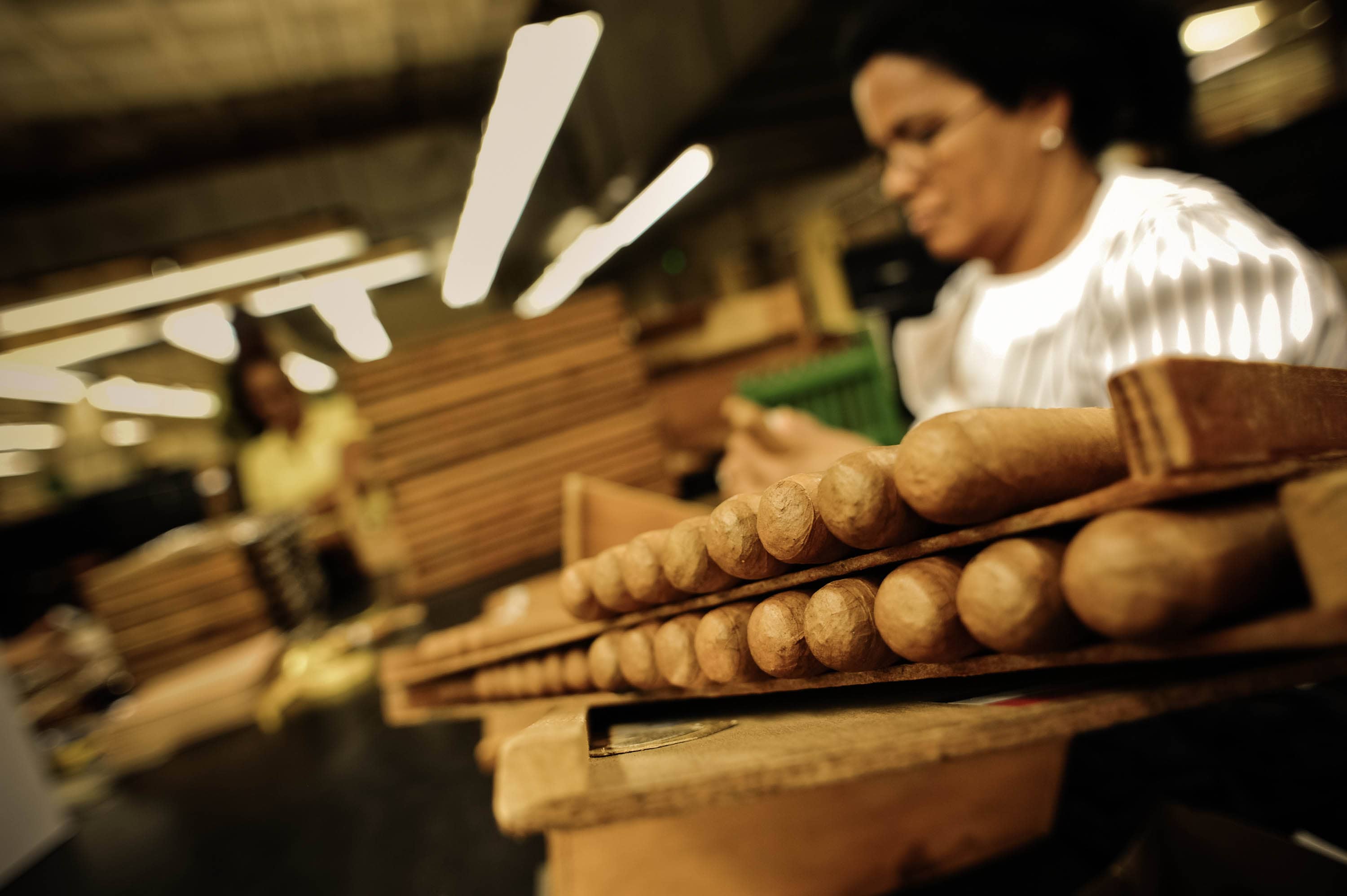
Highlights
Must-see attractions

Social
From TikTok & Reddit
Best Time
Avoids early morning rush.

Partagás Cigar Factory
Best Time
Avoids early morning rush.

Highlights
Must-see attractions
Witness the ancient art of cigar making at the historic Partagás factory, a sensory journey into Cuba's most famous export.
"A highlight of my trip! Fascinating to watch cigars being hand-rolled in an old building with an amazing smell."
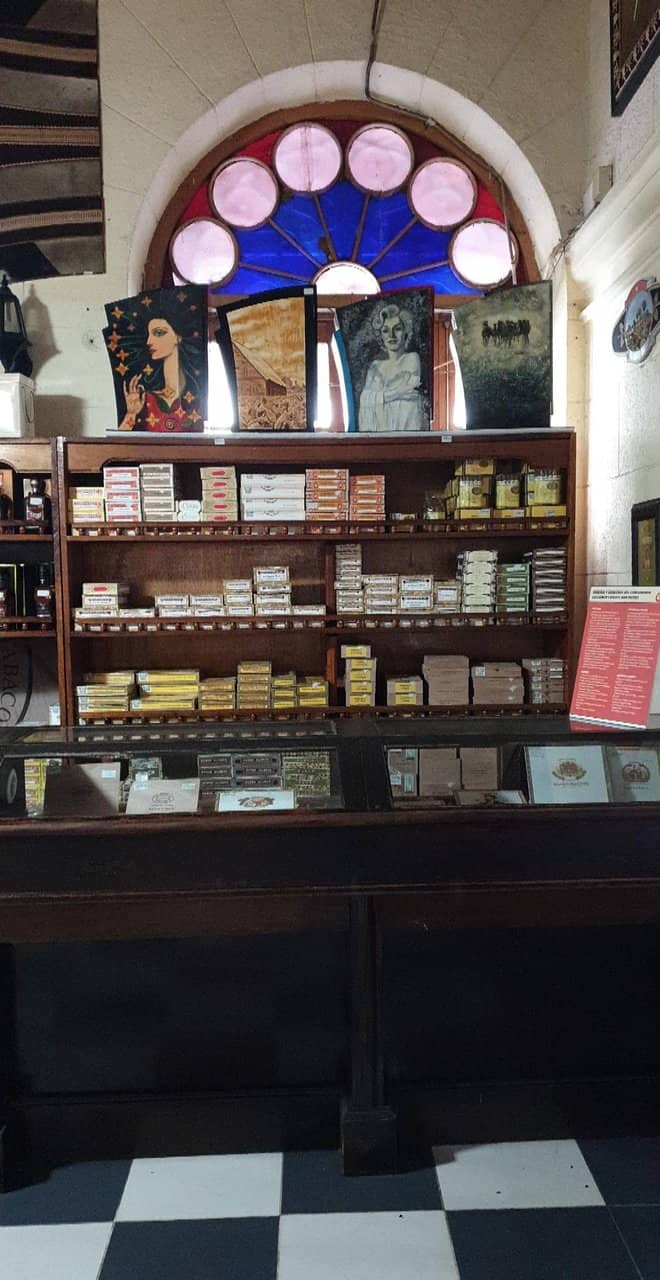
🎟️ Book Tickets Via Hotel
Purchase tickets in advance through your hotel concierge; on-site sales are not available.
📸 No Photos on Factory Floor
Photography is restricted to the lobby area; refrain from taking pictures on the factory floor.
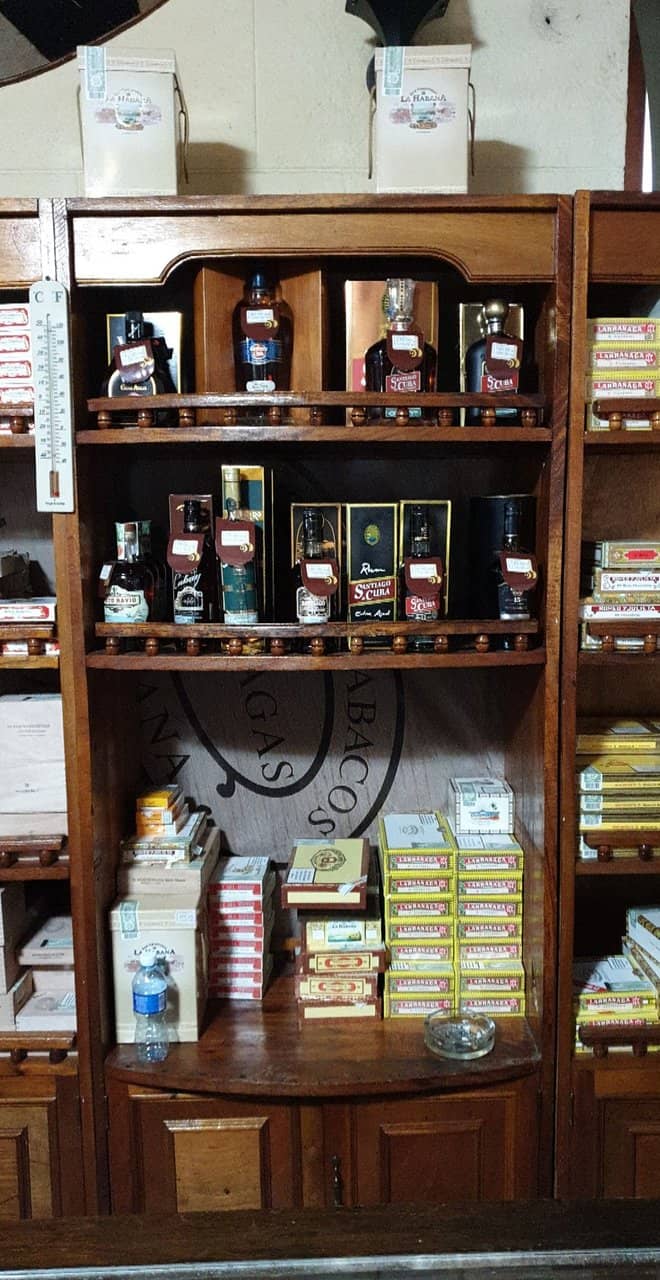
Highlights
Discover the most iconic attractions and experiences

The Art of Hand-Rolling
Factory Floor
Witness skilled rollers transform tobacco leaves into premium cigars. A truly mesmerizing process.
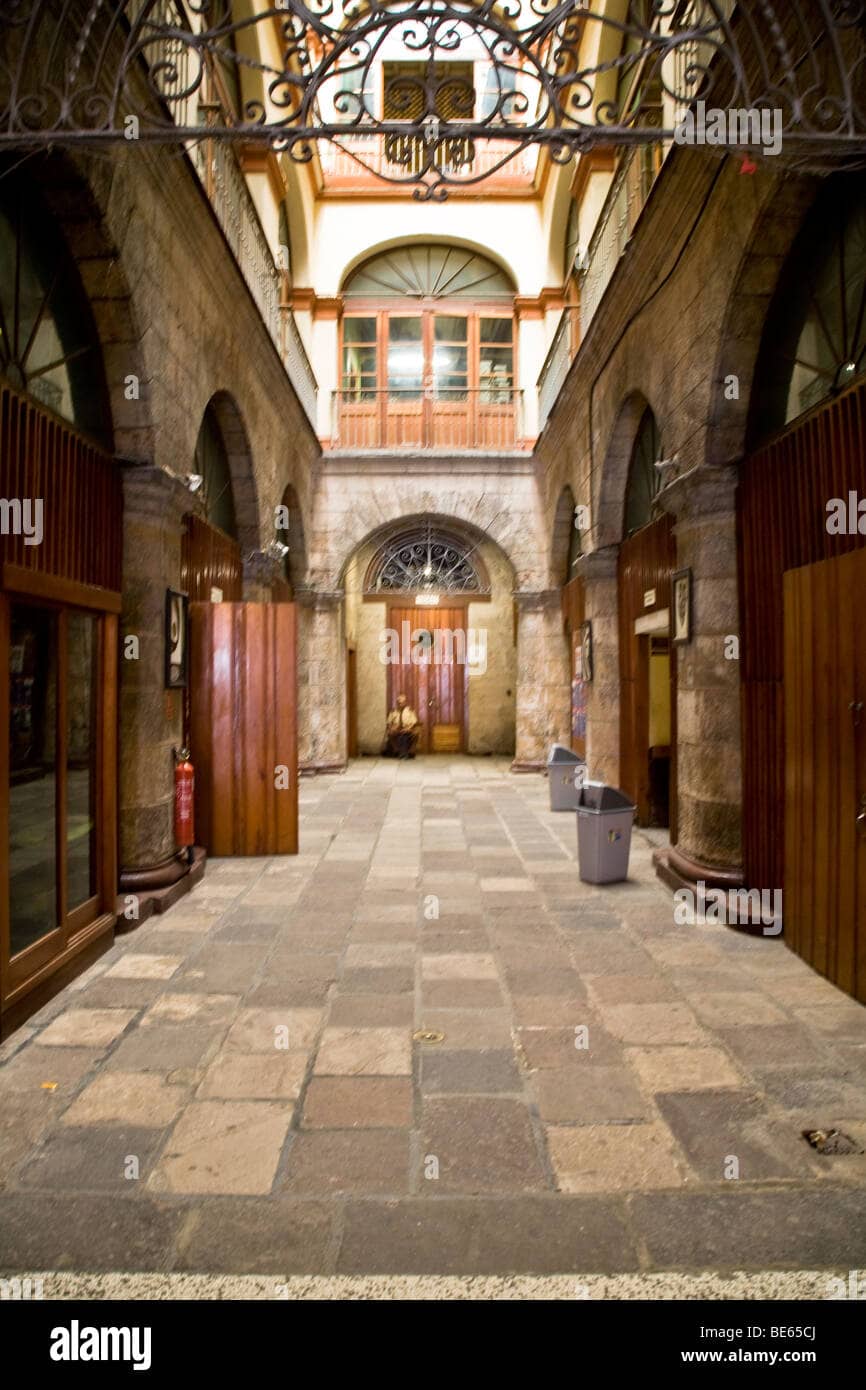
Historic Factory Ambiance
Interior Atrium
Immerse yourself in the rich aroma and old-world charm of the factory's interior.
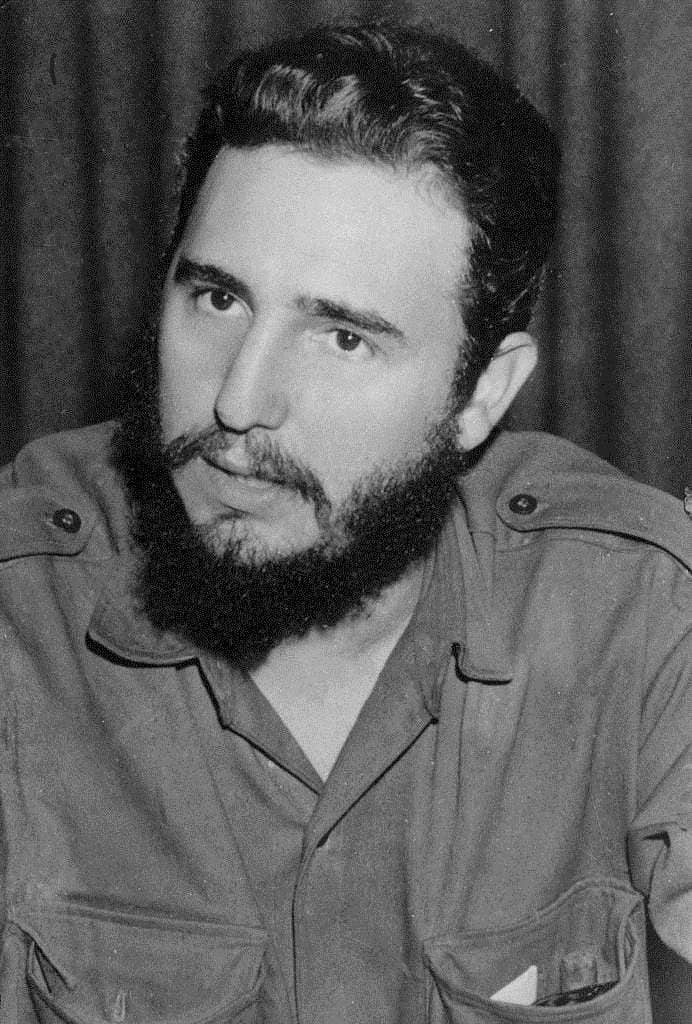
Cohiba's Revolutionary Origin
Information during tour
Learn about Cohiba, the only Cuban cigar brand created post-revolution for Fidel Castro.
Plans like a pro.
Thinks like you
Planning Your Visit
Secure Your Tickets in Advance
Understand the Temporary Location
Best Times
Insider Tips
from TikTok, Instagram & Reddit
Partagas cigar factory
🎟️ Book Tickets Via Hotel
Purchase tickets in advance through your hotel concierge; on-site sales are not available.
📸 No Photos on Factory Floor
Photography is restricted to the lobby area; refrain from taking pictures on the factory floor.
Partagas Factory Tour in Havana today
Visit Cuba
🧐 Knowledgeable Guides
Many tours feature guides like Amanda who speak excellent English and share detailed insights.
💨 Experience the Aroma
Even if you don't smoke, the distinct cigar aroma is a memorable part of the experience.
Straight from the cigar factories in Cuba. Was very neat to see the ‘behind the scenes’ on how cigars are rolled, graded, and packaged!
Tips
from all over the internet
🎟️ Book Tickets Via Hotel
Purchase tickets in advance through your hotel concierge; on-site sales are not available.
📸 No Photos on Factory Floor
Photography is restricted to the lobby area; refrain from taking pictures on the factory floor.
🧐 Knowledgeable Guides
Many tours feature guides like Amanda who speak excellent English and share detailed insights.
💨 Experience the Aroma
Even if you don't smoke, the distinct cigar aroma is a memorable part of the experience.
What Travellers Say
Reviews Summary
Visitors often find the Partagás Cigar Factory tour a highlight, appreciating the intricate hand-rolling process and the historic ambiance. Guides are frequently praised for their knowledge and English proficiency. However, some find the tour brief for the cost, and the temporary location might not meet expectations of the original iconic building.
"February 2025. To visit a cigar factory in Cuba, you need to buy tickets in advance from a major hotel concierge desk. There are four factories in Havana. The process of buying tickets is quite complicated and you need to provide passport and travel details. The price per head was $10 For the partagas Factory. The factory is open Monday to Friday 9 am to 1 pm. We turned up to the factory at 11am and joined a guided tour of approximately 10 people, the tour took approximately 30 minutes. At the end of the tour we went to the neighbouring factory which was the H Upman Factory to look at the cigar shop. This partagas factory is the temporary location for partagas, as the main factory has been undergoing renovation for the last decade.
Our tour guide was a lady called Amanda who was highly knowledgeable and spoke excellent English. She explained to us all facets of the cigar production line process. She explained the rollers joined between the ages of 18 to 35, and it was a lifetime career for them. Paid approx 10K CUP pcm, their working hours are 6 am to 5 pm, however, they each have a specific quota to roll per day between 80 and 120 cigars, and when done they can leave. Each roller has a grade between one and nine, with nine being the highest skilled worker. The shorter cigars are easier to roll and are so given to the less skilled rollers, the longer more complex cigars being given to the skilled workers. Each worker owns the cigar for the whole duration of its production line from rolling to final presentation. Once the cigar is rolled the cigars go to a quality testing team where they are either accepted or rejected. The rejection rate is approximately 10 to 15%. They are then banded. Each roller gets six reject cigars a day to take away with them. At the partagas Factory they produce 10 of the 29 Habanos brands. Including Cohiba, partagas and H upman. The tobacco for the cigars comes from one small region on the island of Havana. The cigar comprises of five leaf types; wrapper and fillers. Each cigar brand has its tobacco blend chosen by the master blender, and the blend is unique to that brand and is what gives the brand its profile flavours. The rollers are then handed the correct leaves and given instructions on what to produce that day."
Hugh Christensen
"One of the highlights of my trip! I don't smoke cigars, but I found the Partagas cigar factory a fascinating place to visit. It is housed in an old building with an interior atrium. The smell is amazing and to watch the cigar being hand rolled is so interesting to watch. Side note: Cohiba is the only brand of cigars in Cuba started after the revolution. It was created at the request of Fidel Castro. The local Indians rolled tobacco leaves into what they called "Cohiba" and the rolled leaves were stuffed into the pipe called a "Tobago"."
Shawn
"Well worth a visit to the Upmann cigar factory the guide was very good and knowledgeable. No photos on the factory floor allowed, only in the lobby"
Derrick Lee
What People Like
What People Dislike
Frequently Asked Questions
🚇 🗺️ Getting There
The Partagás Cigar Factory is located in Havana. The best way to reach it is by taxi or a short walk if you are staying in the city center. Ensure your taxi driver knows it's the temporary location.
Since it's a temporary location, confirm the exact address when booking your tour. It's advisable to have your hotel or tour operator provide clear directions.
🎫 🎫 Tickets & Entry
The tour typically costs around $10 USD per person, but prices can vary. It's crucial to confirm the exact cost when booking through an authorized channel.
No, you cannot buy tickets directly at the factory. Tickets must be purchased in advance from a major hotel concierge or a tourism agency.
The factory is generally open for tours Monday to Friday, from 9 am to 1 pm. It's always best to verify these hours when booking your ticket.
Yes, when purchasing tickets, you will likely need to provide your passport and travel details as part of the booking process.
If you arrive without pre-booked tickets or if the factory is unexpectedly closed, you may not be able to enter. Always confirm your booking and operating status beforehand.
🎫 🧐 Onsite Experience
The guided tours are typically around 30 minutes long, offering a concise yet informative experience of the cigar-making process.
Photography is generally not allowed on the factory floor. You can usually take pictures in the lobby area, but always check with your guide.
Partagás produces many of the 29 Habanos brands, including Cohiba, Partagás, and H. Upmann.
Cohiba is unique as it's the only Cuban cigar brand established after the revolution, created at Fidel Castro's request.
Cigar rollers have a daily quota of 80 to 120 cigars. Once they meet their quota, they are allowed to leave for the day.
🎫 🛍️ Shopping & Souvenirs
Often, tours conclude with a visit to a neighboring factory's cigar shop, such as the H. Upmann Factory shop, where you can purchase cigars.
While the factory shops are generally reliable, be cautious of counterfeit cigars sold elsewhere. Purchasing from official outlets is recommended.
For Different Travelers
Tailored advice for your travel style
👨👩👧 Families with Kids
It's important to manage expectations, as the tour focuses on the technicalities of cigar production. However, the story behind Cohiba's creation, linked to Fidel Castro, might spark curiosity. Ensure children are supervised closely, especially in areas where machinery or delicate processes are involved. The tour's relatively short duration (around 30 minutes) is also suitable for younger attention spans.
✈️ Day-Trippers
Combine your factory visit with a stroll through the surrounding area or a visit to a nearby museum or landmark. Remember that photography is restricted, so focus on absorbing the atmosphere and the fascinating process. The opportunity to purchase cigars from an official shop afterward also makes it a worthwhile stop for souvenir hunters.
Deep Dives
In-depth insights and expert knowledge
The Craft of Cigar Rolling
Each roller is responsible for a cigar's entire production journey, from initial rolling to final presentation. A quality testing team then inspects the cigars, with a rejection rate of about 10-15%. Accepted cigars are then banded. A unique perk for rollers is the ability to take home a small number of unbanded cigars daily if they meet their quota, which typically ranges from 80 to 120 cigars. This system ensures both productivity and a tangible reward for their skilled labor.
Understanding Habanos Brands
Among the most famous brands produced is Cohiba, which holds a special place in Cuban cigar history. Unlike other brands, Cohiba was established after the Cuban Revolution, reportedly at the personal request of Fidel Castro. Its creation was inspired by traditional tobacco rolling methods used by local indigenous people, who rolled tobacco leaves into what they called 'Cohiba' and stuffed them into pipes known as 'Tobagos'. This historical context adds another layer of intrigue to the Cohiba brand.



Social
from TikTok, Instagram & Reddit